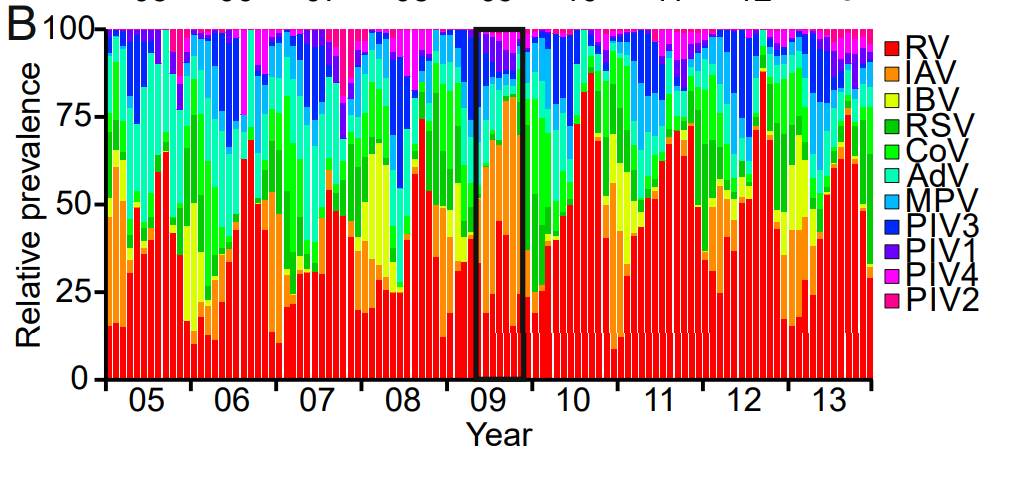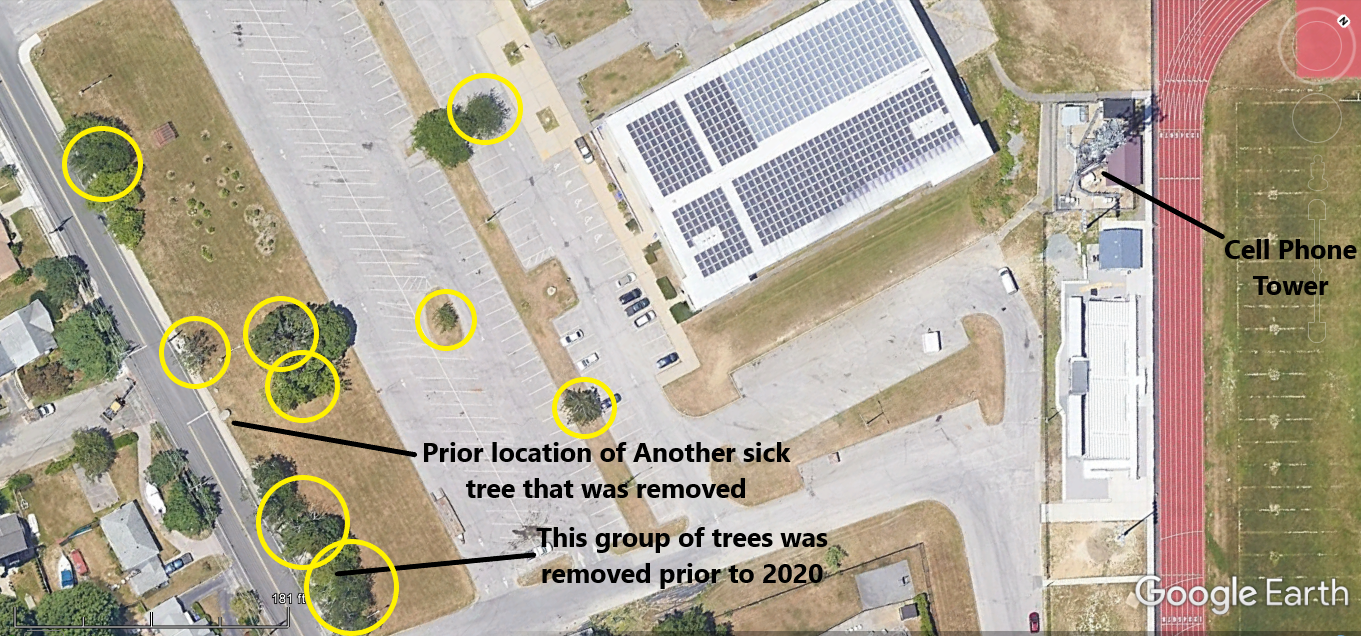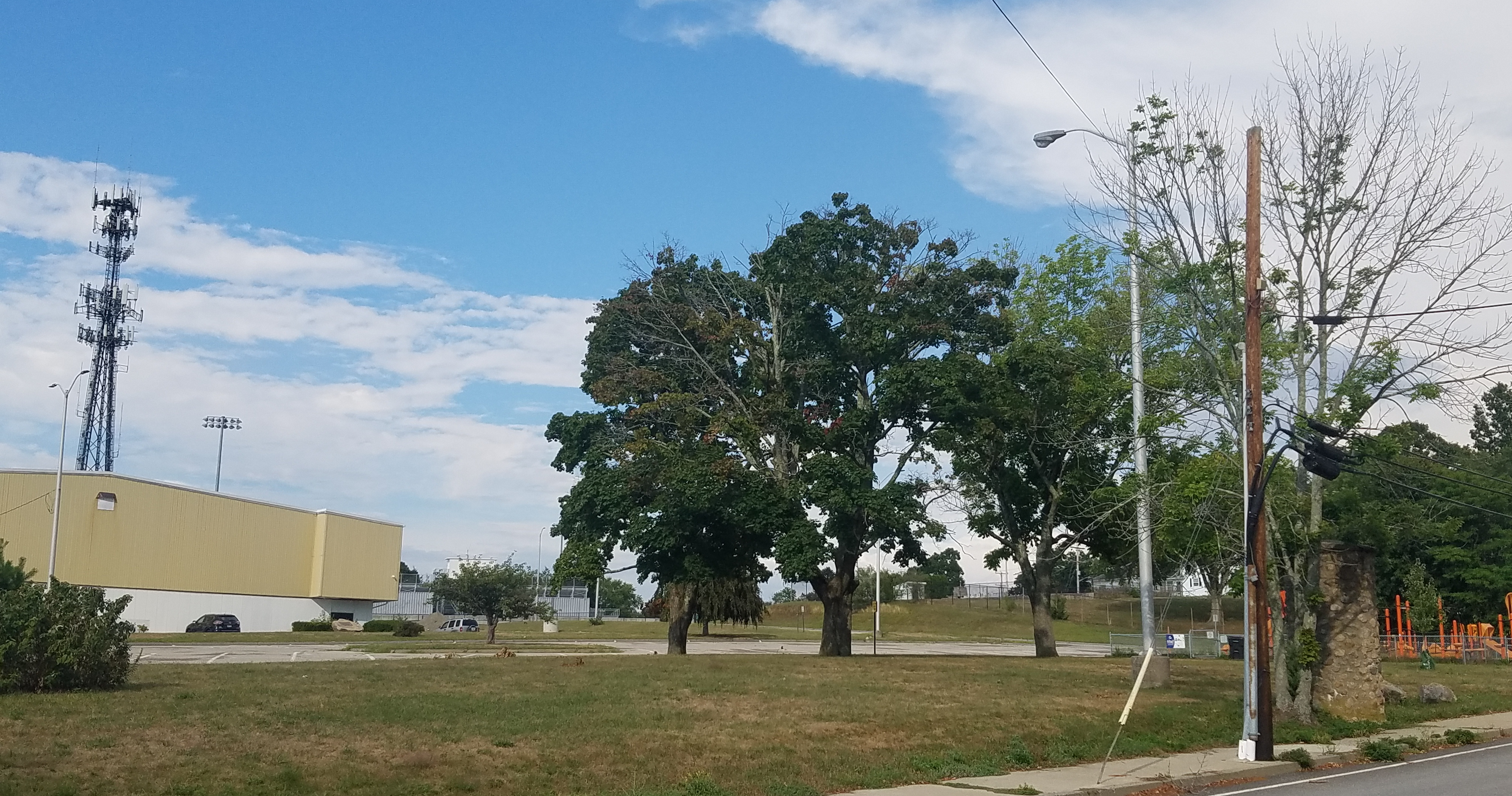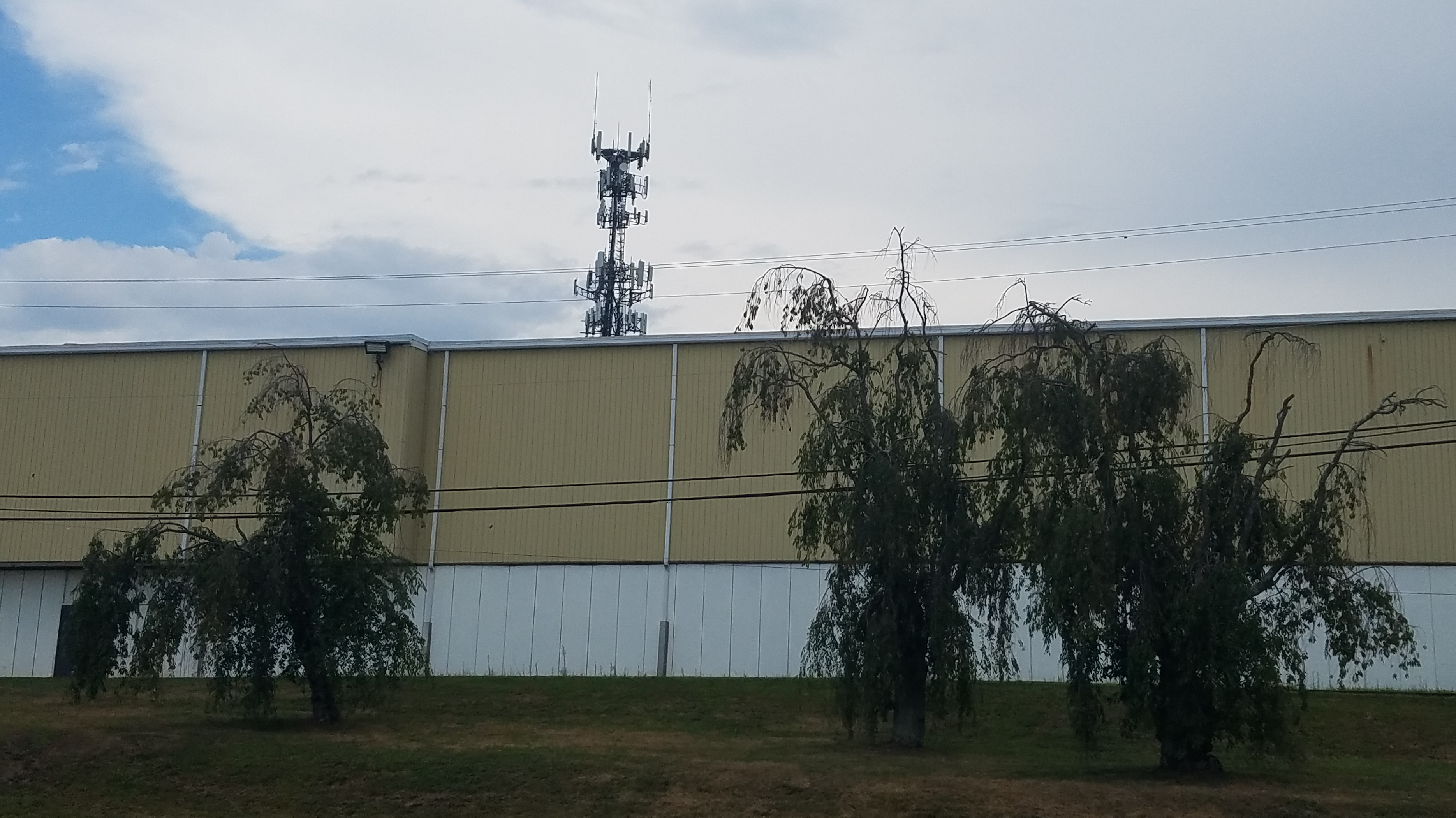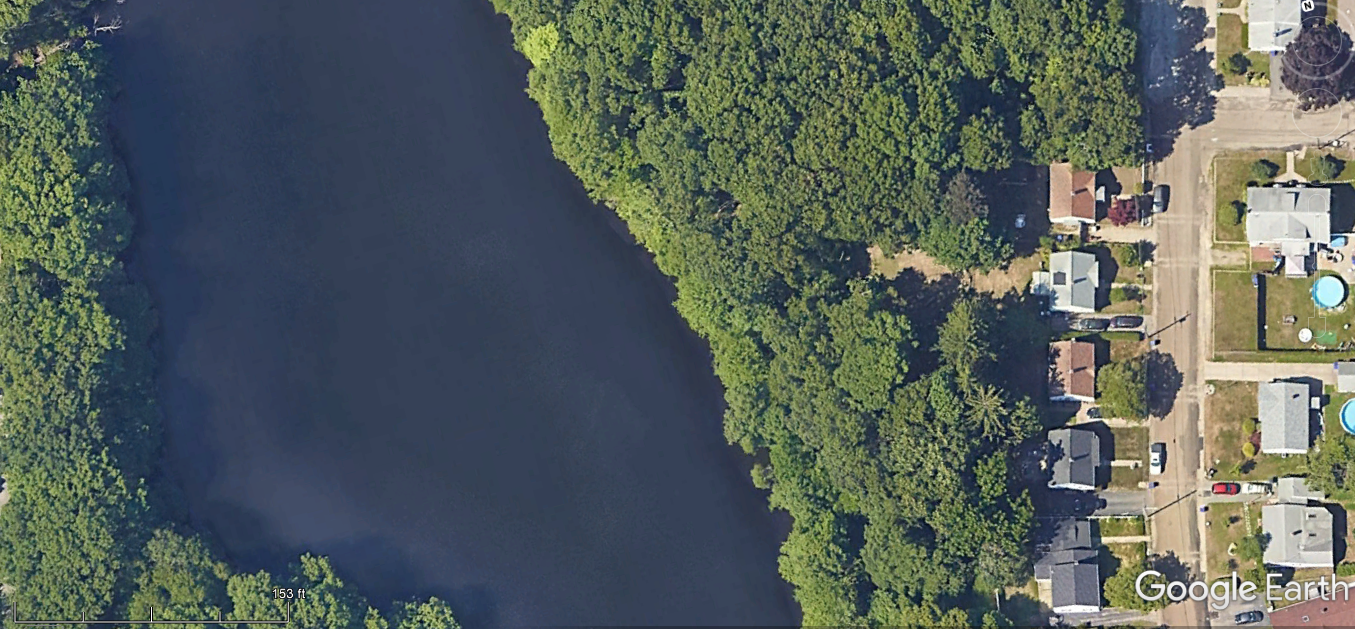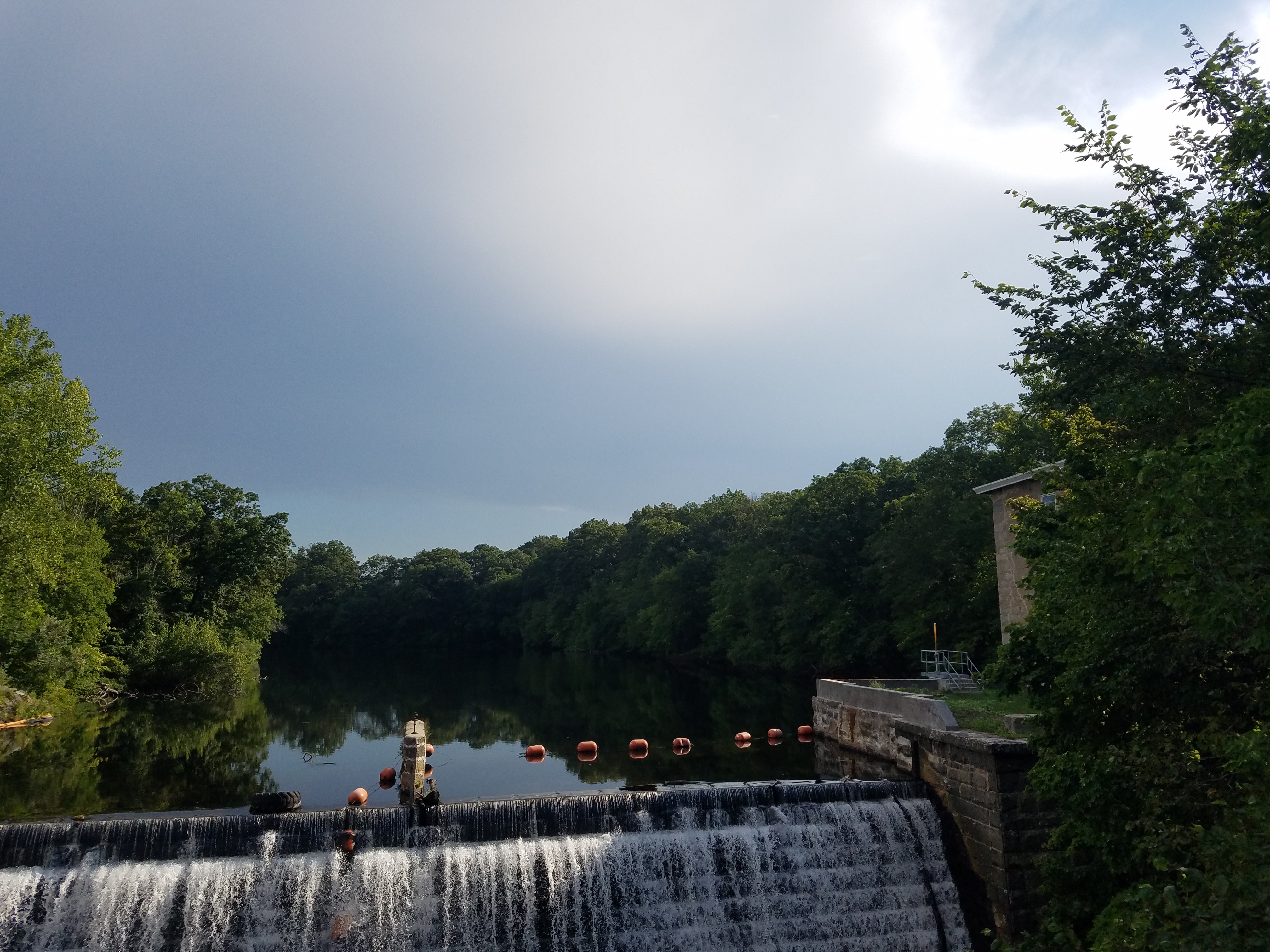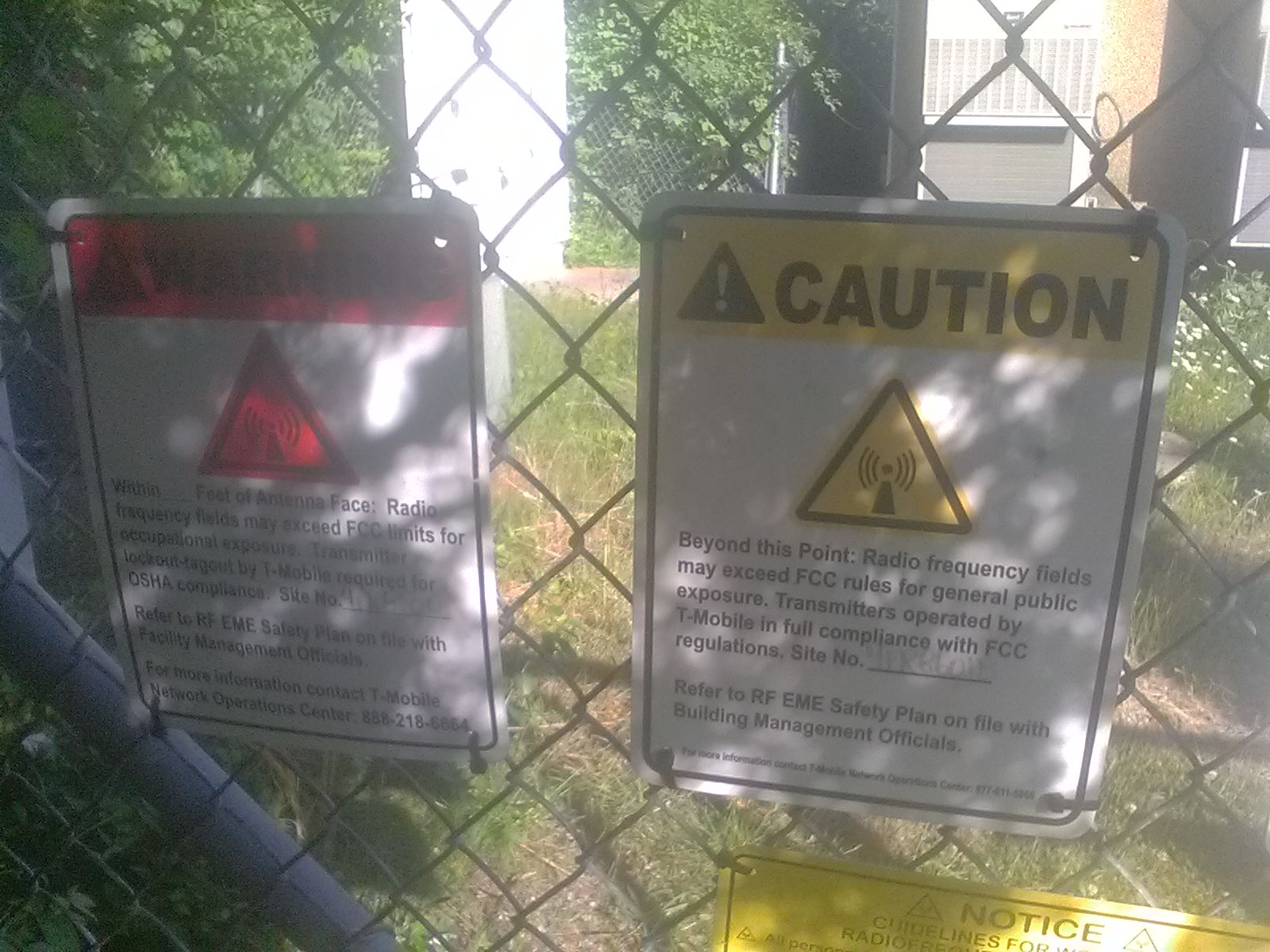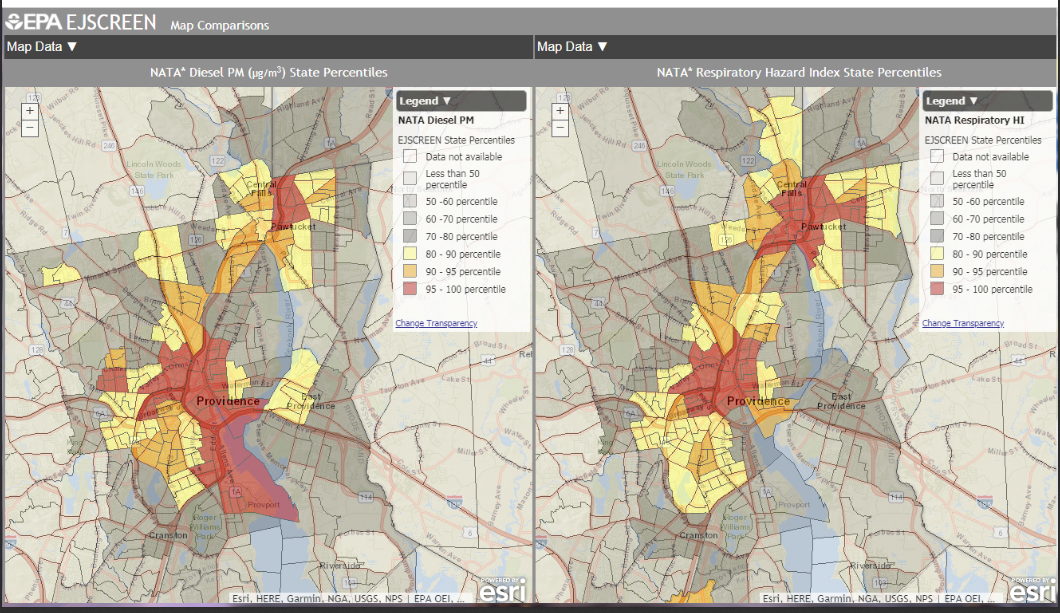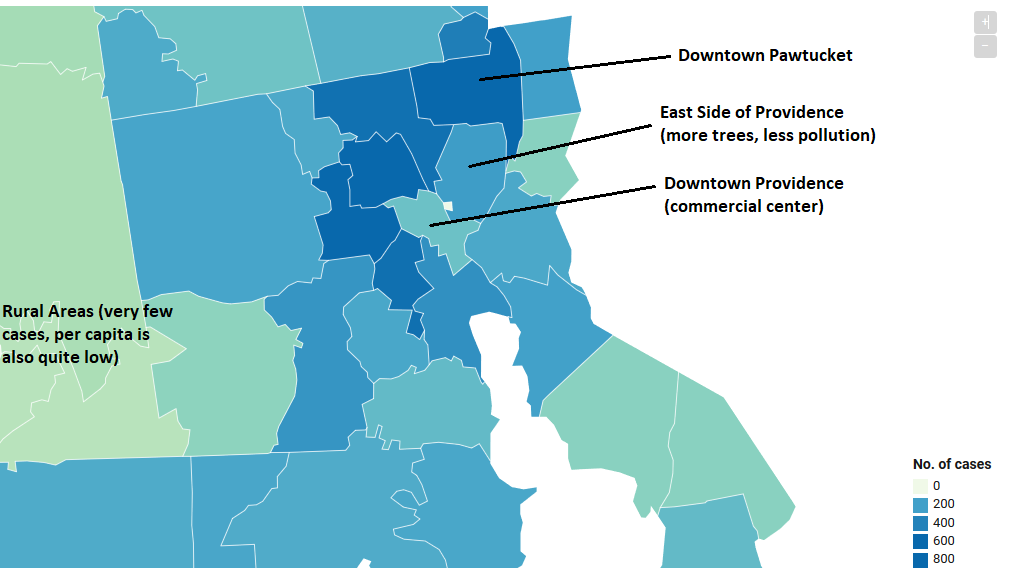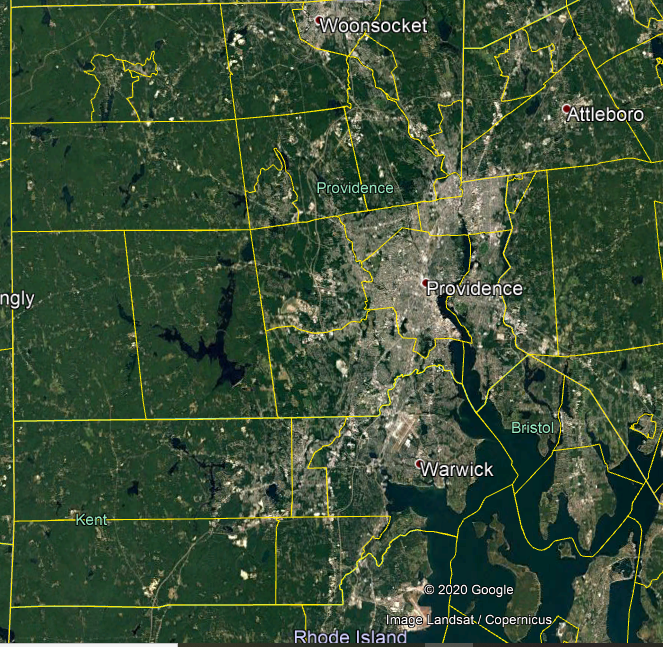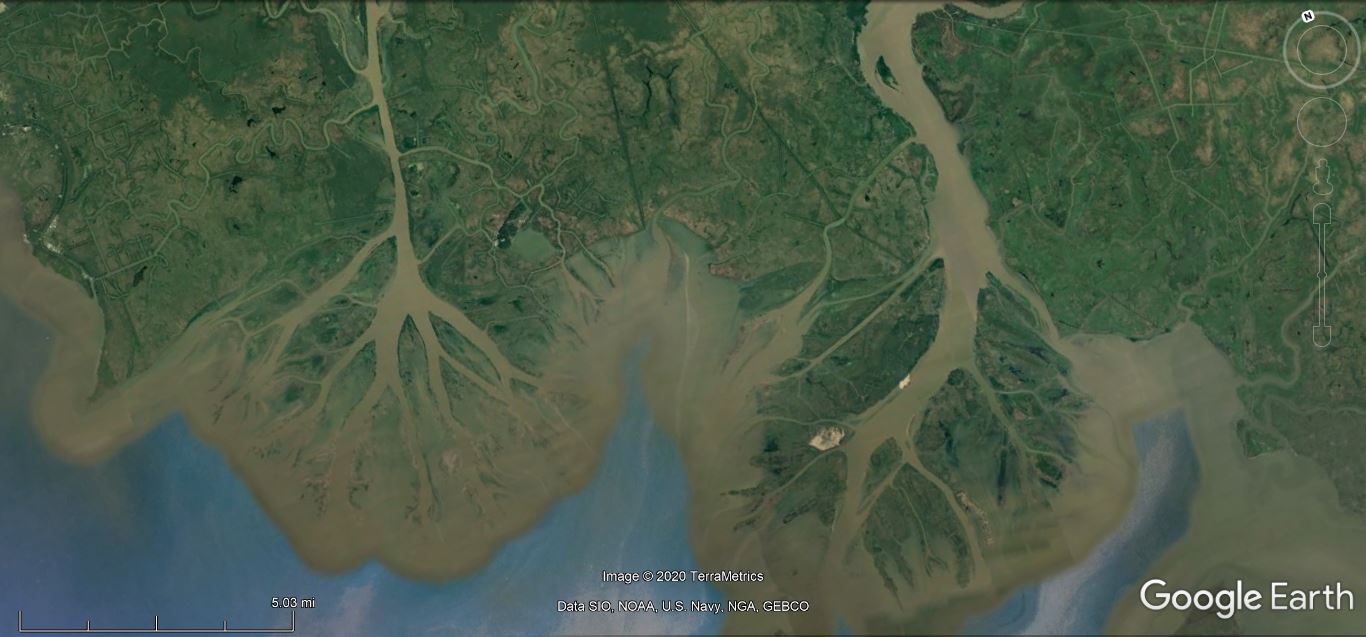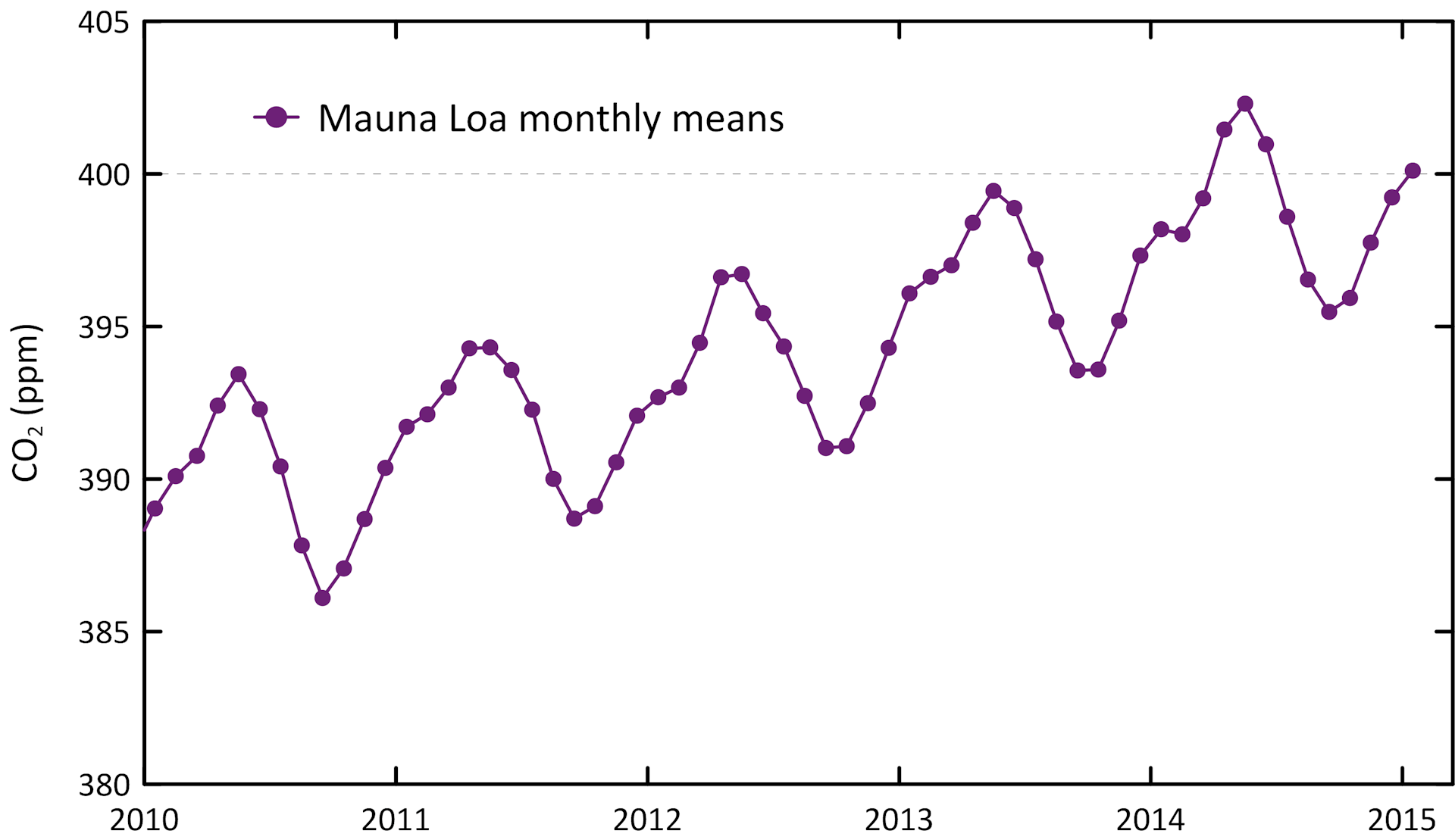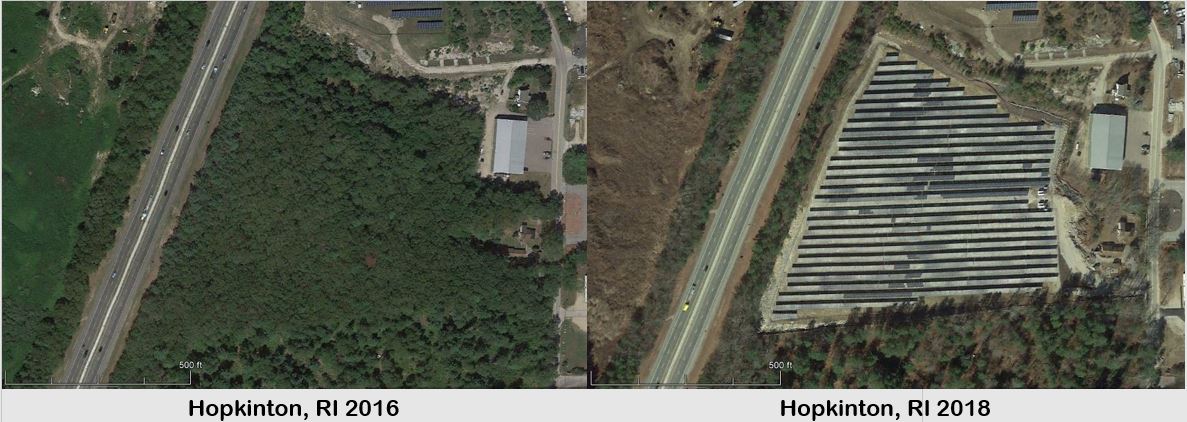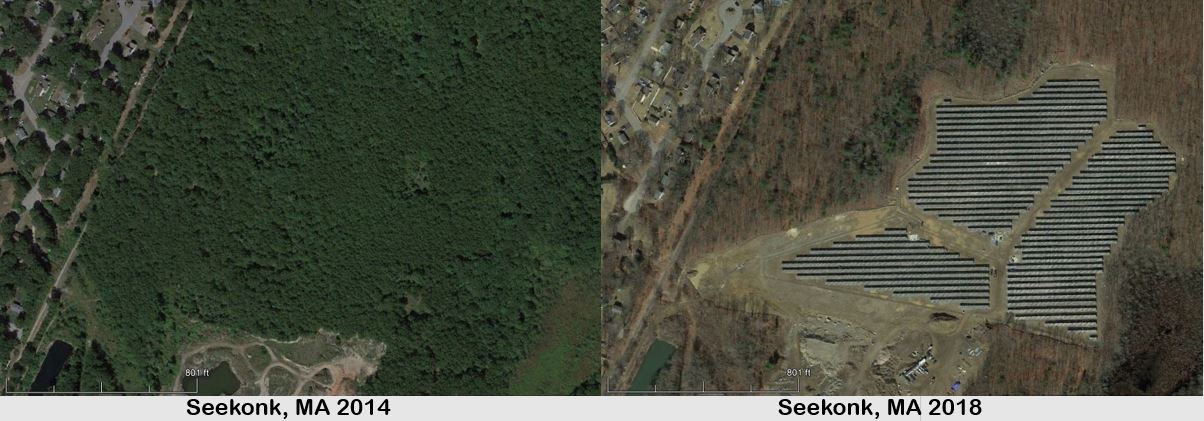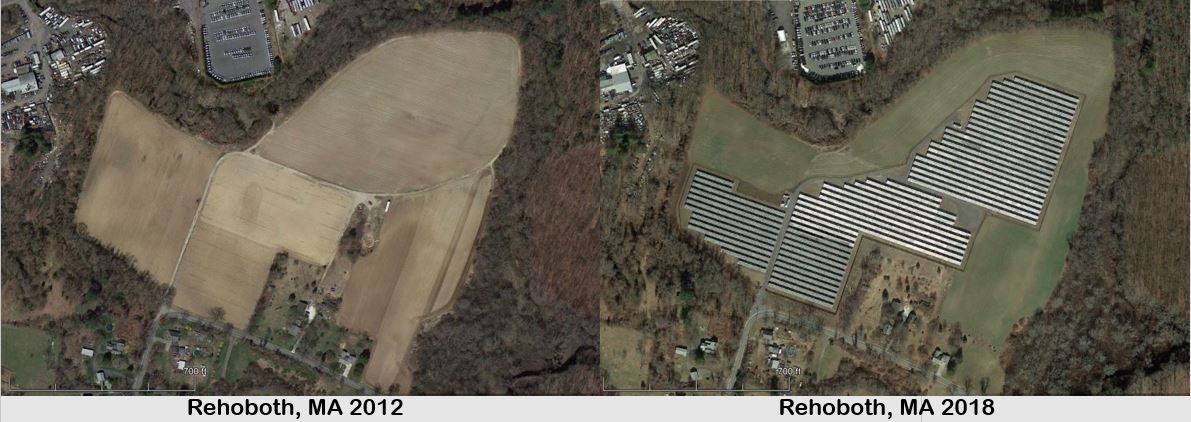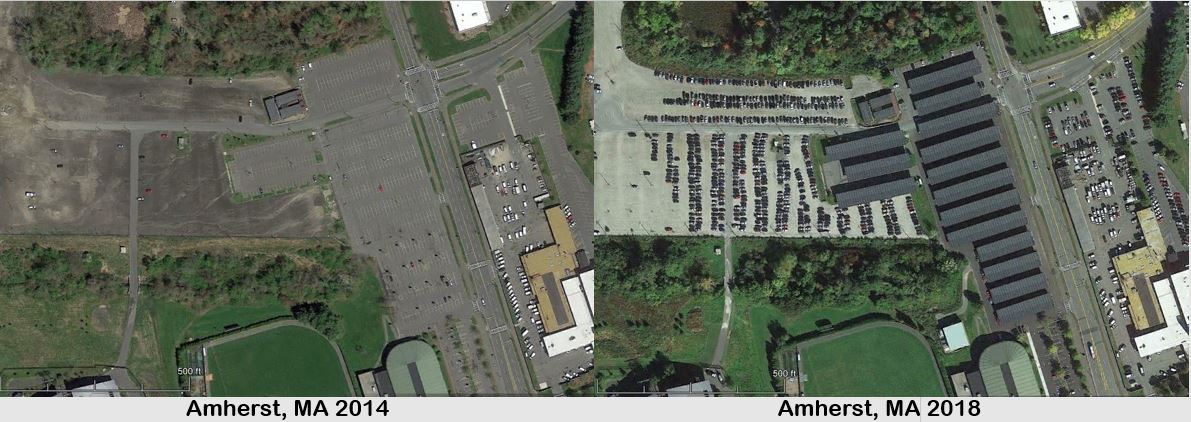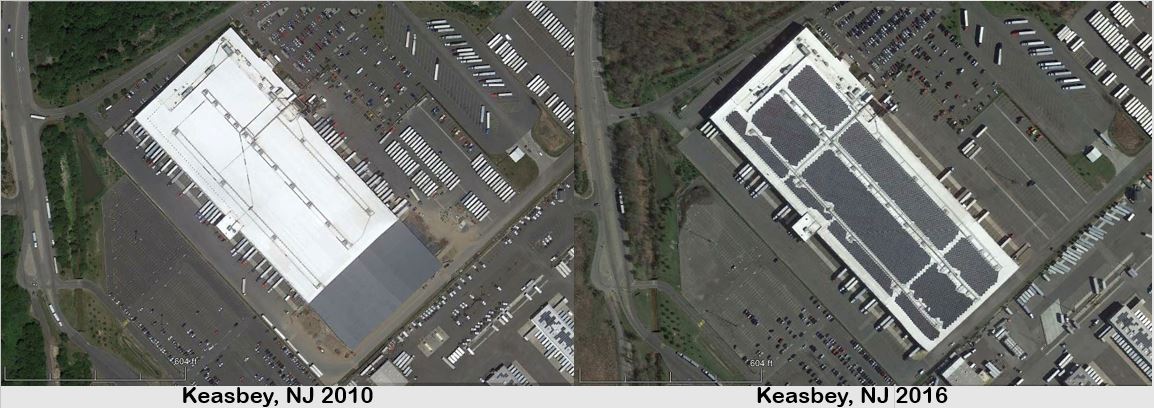I was reading the chapter on cancer in Arthur Firstenburg’s book, The Invisible Rainbow: A History of Electricity and Life, and it reminded me of Dr. Jerry Tennant’s talks on voltage inside and across cellular membranes, and Dr. Gerald Pollack’s research on the fourth phase of water or “Exclusion Zone” water. In this post, I will attempt to connect their findings together and then tie them into the issue of electrosmog (i.e. electromagnetic radiation pollution).
In his chapter on cancer, Arthur Firstenberg discusses the metabolic theory of cancer which was studied by Otto Henreich Warburg in the early 20th Century. The theory states that tumors thrive in an oxygen-deficient (anaerobic) environment and are caused by that lack of oxygen. Basically, starving parts of the body of oxygen results in cancerous growth. Recently, the research team led by Dr. Thomas Seyfried at Boston College has confirmed by experimentation that cancer is caused by disruptions to the mitochondria in the cytoplasm and not by mutations in the DNA-containing nucleus of the cancerous cell (see this article, titled “Cancer as a Mitochondrial Metabolic Disease”). The mutations in the DNA may be a secondary effect of the disruptions of mitochondrial respiration processes and so this research suggests that the metabolic theory of cancer is accurate. There must be something affecting the mitochondria in cancerous cells and the oxygen transport system to cells which likely involves the synergistic effect of environmental toxins, RF or microwave radiation, dirty electricity and/or certain viruses.
Dr. Jerry Tennant: Healing is Voltage
Dr. Jerry Tennant, who has built off of the work done by Dr. Robert Becker and others, explains healing and regeneration of biologic tissues in terms of pH and voltage in this video. He states that another way to think about pH is that it corresponds to the voltage of a solution, such as pure water. Remember that from general electrochemistry, the voltage or the charge of a substance will have polarity (either + or -). The following lists give a short review of the general characteristics of electrochemical solutions of pure water:
- Low pH solution (acidic):
- pH < 7.0
- higher [H3O+], lower [OH-]
- lower voltage (i.e. higher positive voltage, e.g. +100 millivolts)
- higher positive charge
- High pH solution (alkaline):
- pH >7.0
- lower [H3O+], higher [OH-]
- higher voltage (i.e. higher negative voltage, e.g. -100 millivolts)
- higher negative charge
A neutral solution of pure water with a pH of 7.0 would have a voltage of 0 as it would contain the same number of H3O+ and OH- ions. A pH of 0 would correlate to a voltage of approximately +400 millivolts (mV) and a pH of 14 would correlate to a voltage of approximately -400 mV. Obviously, these voltages would change depending on what solutes are dissolved in the water, or if any oxidizing or reducing agents are added to the pure water. For a solution other than pure water oxidation/reduction potential (ORP), measured in millivolts, would measure the voltage in a solution. A positive ORP value would be mean the solution is oxidizing and a negative ORP value would mean the solution is reducing. Below is a simple list reviewing the basic characteristics of oxidation and reduction agents in redox reactions:
- Oxidizing agent:
- electron acceptor
- reduced during reaction
- gains electrons
- example substances (this depends if they are dissolved into an already acidic or alkaline solution): Oxygen Gas (O2), Hydrogen Ion (H+), Hydronium Ion (H3O+)
- Reducing agent:
- electron donor
- oxidized during reactions
- donates electrons
- example substances (this depends if they are dissolved into an already acidic or alkaline solution): Oxygen Ion (O2-), Hydroxide Ion (OH–), Hydrogen Gas (H2), antioxidants (e.g. vitamin C)
With that general electrochemistry review out of the way, Dr. Jerry Tenant states that any cellular biology textbook will mention that the optimal pH environment for cellular processes ranges from 7.35 to 7.45 (slightly alkaline), corresponding to voltages of -20 mV to -25 mV, respectively. Cells require a voltage environment of around -25 mV to run well and around -50 mV to make new healthy cells. Consequently, an excessively low pH/voltage (acidic) bodily environment will enable a chronic disease to fester or allow an infectious microbe to thrive as the body’s cells cannot repair themselves correctly, get rid of cellular wastes or adequately neutralize an infection. Though, an excessively high pH/voltage (alkaline) bodily environment could conceivably cause health problems as well.
According to Dr. Tennant and other researchers, cancerous growth appears to occur in bodily environments where the cellular pH has dropped to around 6.48, or a voltage of approximately +30 mV. Regarding the metabolic theory of cancer, is there a connection between declining pH/voltage levels and cells being starved of oxygen and negative charge? Do deteriorating environmental conditions stemming from pollutants cause the pH/voltage in the bodily environment to drop, which results in cells being starved of oxygen? Or is something else going on, such as the deteriorating environmental conditions from pollutants disrupt the oxygen transport system to cells, leading to low pH/low voltage conditions and a further decrease of oxygen levels in blood and inside cells? It is known that if the pH of the blood decreases, this leads to a decreased affinity of hemoglobin for oxygen.
The information and discussion above does not imply that low pH or oxidizing agents are necessarily ‘bad’ for health, as we need both the oxidizing and reducing agents to react together to complete the electrical circuit of life and maintain homeostasis. Also, there obviously needs to be a voltage gradient in the cellular environment in order for a cell to do repair work, or replicate. The discussion above just implies that if an organism is sick then there is likely an imbalance between the oxidizing agents and reducing agents within the organism.
The Fourth Phase of Water
Dr. Gerald Pollack at the University of Washington, building off the work of Dr. Gilbert Ling and others, has undertaken interesting research on what he terms is the “Fourth Phase of Water” (here are a few chapters of his book on the subject). This phase of water, with the chemical formula H3O2, exists as a thin layer right at the interface of a hydrophilic (i.e. “water-loving”) surface. Interestingly, his research team has found that this phase of water excludes virtually all particles and even solutes hence the name “Exclusion Zone (EZ)” water. Dr. Pollack’s research team has discovered the following other electrochemical characteristics of EZ water (see this video):
- EZ water is alkaline (i.e. pH > 7.0) and can act as an electron donor, which, based on Dr. Tennant’s discussions indicates that it is an important factor in the prevention of cancer
- The EZ water layer holds a net negative charge, while the water beyond it is positively charged, creating a battery-like environment that has a current
- The EZ water layer increases in width when exposed to certain frequencies of light, especially the infrared spectrum of sunlight (i.e. the sunlight “charges” the battery)
- EZ water helps to fold proteins inside of cells
In his talks, Dr. Pollack points out the potential health benefits associated with actions that increase the amount of EZ water in the body:
- Grounding with the Earth: grounding via walking barefoot on the Earth (soil, sand, grass, etc.) is known to bring negative electric charge into the body, thereby increasing the amount of EZ water in the body
- Absorbing radiant natural energy increases blood flow, improves respiration: spending a significant amount of time outside, absorbing the sun’s radiant energy, especially the infrared spectrum portion, which increases the width of the EZ water layer the most
- Eating Plants: the EZ water inside of plant cells is yet another reason to increase your consumption of leafy greens and other plants
Breathing, Drinking Water, and Electrosmog
Tying all of this information discussed above together, we now know why breathing clean air and drinking pure water (free from toxins, but maybe has some dissolved minerals) and being out in nature is so integral to physical health. The electrochemical reactions of cellular respiration processes and the oxygen transport system require ideal environmental conditions including optimal pH/voltage values and levels of EZ water in cells. Any toxin or pollutant that disrupts those ideal environmental conditions will most likely result in some kind of serious disease or loss of vitality in the exposed organism.
Oxygen gas is entering our bodies through our respiratory tract to bind to hemoglobin for transport to cells for cellular respiration processes. The carbonic acid buffering system in our circulatory system involving bicarbonate, carbonic acid, and carbon dioxide, must not be upset during this process and excess carbon dioxide must be removed from our bodies by exhalation. Based on the information discussed previously, these electrochemical reactions between water, oxygen, carbon dioxide, bicarbonate, carbonic acid and hemoglobin are most likely being disrupted by electrosmog and chemical toxins. Again, these fundamental substances for life will not react in the correct way to achieve organism homeostasis and optimal health unless the pH/voltage conditions are ideal. For example, per Dr. Tennant, less oxygen is able to dissolve in fluids with a lower pH/voltage, so there is a positive feedback loop there resulting in a deteriorating cellular environment that allows cancerous growth to thrive, or for an infection to grow out of control.
All in all, it may be that not enough negative charge is entering into people’s bodies due to electrosmog, chemical toxins, and other factors which then cause low pH/voltage environments, low amounts of EZ water to form in their cells, disruption to the oxygen transport process to cells and disruption to the mitochondrial respiration processes in cells. Arthur Firstenburg, among others including Martin Pall, Magda Havas, Dr. Dietrich Klinghardt, etc., make a strong case that electrosmog is contributing to the disruption of cellular electrochemical processes (e.g. Martin Pall’s research on EMFs and Voltage-Gated Calcium Channels, ‘VGCCs’ in cells).
Why are so many people suffering from chronic disease and infections?
In conclusion, the current focus of society on total war against one kind of microbe (currently coronavirus – Delta Variant) does not solve any of the underlying environmental problems contributing to poor health outcomes amongst the populace, especially poor respiratory health. In fact, sometimes getting a respiratory sickness may actually help remove toxins and damaged cellular debris from the body. The following is a general list of environmental health problems that must be remediated over the next few decades if we truly want to heal and protect others:
- Insulated from the Earth: Wearing rubber shoes or boots all day cuts us off from receiving extra negative charge by directly insulating us from the negatively-charged earth (soil, sand, grasses, etc.).
- Electrosmog and Light Pollution: We are surrounded by artificial EMFs from cell phones, Wi-Fi routers, cell towers and poorly configured electrical wiring for most of our day causing all kinds of health effects, including the disruption and degradation of our immune systems and circulatory systems. Visible light pollution at night is already accepted by mainstream society as a legitimate problem as it affects circadian rhythms of people and animals.
- Enclosed Indoors: Breathing in poor quality indoor air due to poor building ventilation, volatile pollutants, molds, mites, low humidity, etc. Many are bathed in fluorescent and LED light while being cut off from receiving infrared energy from the sun.
- Noise Pollution: Industrial machines are very loud and create jarring noises and given the findings from the growing science of cymatics, these sounds contribute to chronic stress and disease.
- Air Pollution: Many people breathe in combustion gases (NOx, SOx, CO, etc.), volatile organic pollutants, particulate matter, and smoke in outdoor air across the world.
- Water Pollution: Drinking water is potentially contaminated with thousands of different industrial chemicals (e.g. PFAS, TCE, PCE, benzene, lead, excessive chlorine and fluoride, etc.) in addition to traces of many pharmaceuticals including antidepressants and hormonal drugs.
- Food Pollution: Many of us eat industrial food covered with dozens of herbicides and pesticides including glyphosate, chlorpyrifos, atrazine, etc. which cause all kinds of health effects especially the disruption of the gut microbiome. GMOs, high fructose corn syrup, and other artificial food ingredients are not easily digestible, increase obesity and inhibit nutrient uptake in the body. Sodas are low-pH beverages that may cause bodily pH imbalances in people.
- Mental/Emotional Pollution: Authorities, media outlets and/or abusive people who attempt to control us by manipulating our fears, doubts and insecurities. Many people are addicted to pornography or romance novels (fake intimacy mediated by a screen or book, due to lack of available intimacy in disrupted social networks). Many people are also addicted to video games (artificial adventures replace the real missions we must go on in the real world, for example, missions to restore our planet). Finally, many of us have excessive anxiety and stress caused by the pace and complexity of modern life and a lack of a strong social network.
As I’ve and others, have stated repeatedly, the coronavirus is exposing the toxicity of the environments we have created via Loius Pastuer’s quote “The microbe is nothing, the environmental conditions (the terrain) everything.” Pharmaceuticals and vaccines may ameliorate symptoms or temporarily prevent health problems related to infections but they have serious side effects and risks. Also, they distract from focusing on remediating the underlying environmental health problems in our society that are growing more alarming by the day. The current focus on vaccinating over 90% of the population with coercion and totalitarian controls does nothing to solve these environmental problems. Who is going to help shift the focus?



















